Soda fountains, driving with the top down, listening to rock and roll music, and making your own colorful tie-dye t-shirts—the ‘50s and ‘60s had some issues, but boy, were they fun! Here are some more popular trends from those decades that you might not remember.
Drive-in Movies

On the weekends, the whole gang would pile into a friend’s convertible and drive to the movies to watch Robin Hood, Dracula, or yet another John Wayne flick from the car. The social aspect was far more important than the movie in a drive-through setting. What a fun way to spend an evening!
Soda Shops

Back in the ‘50s and ‘60s, teenagers didn’t hang out in groups on street corners or in the park in groups, vaping and getting up to no good. They hung out in really cool soda shops and had ice-cream sundaes and malted shakes and sodas. The shops were popular social hubs for communities during these decades.
Sideburns and a Quiff

Remember those hairstyles on Danny Zuko and the rest of the T-Birds? They had the Pink ladies weak at the knees. Elvis Presley, James Dean, and plenty more heartthrobs from the ‘50s and ‘60s inspired the hairstyles of young men back then, and no self-respecting youth would leave the house without his pocket comb.
Hula Hoops

We’ve all used a Hula Hoop in our lives; they’re a fun toy to play with as kids. But these colorful rings were a huge fad in the 1950s and ‘60s, introduced to America in 1958 by toy company WHAM-O, according to Britannica. Men, women, and children hooped their way through that year.
Pencil Skirts
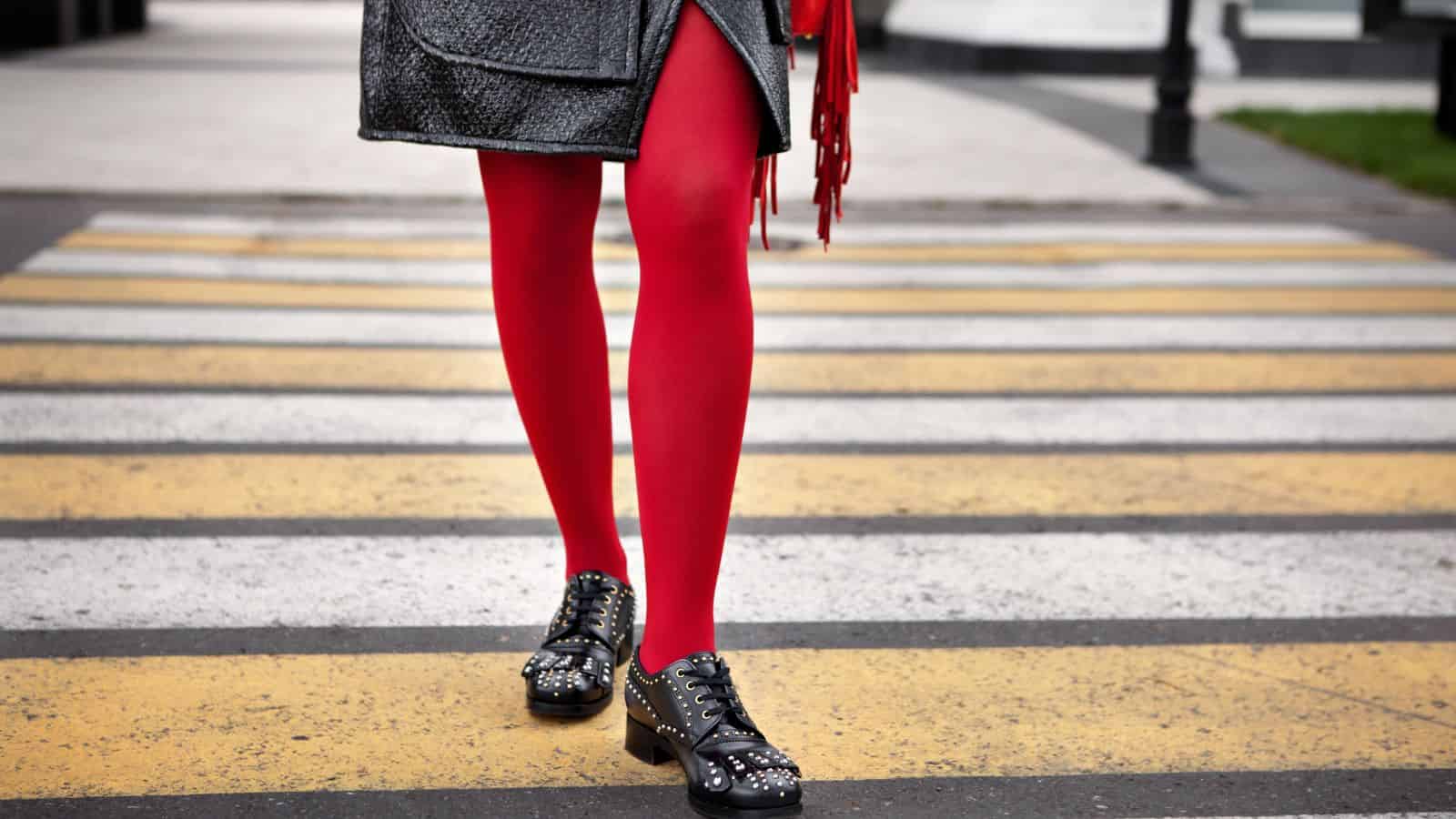
These skirts were designed to make the most of a woman’s curves, and they were not easy to move in but they certainly added an extra wiggle to your walk. These skirts were glamorous but also very smart-looking and were made popular by stars like Marilyn Monroe and Grace Kelly.
Cuffed Jeans
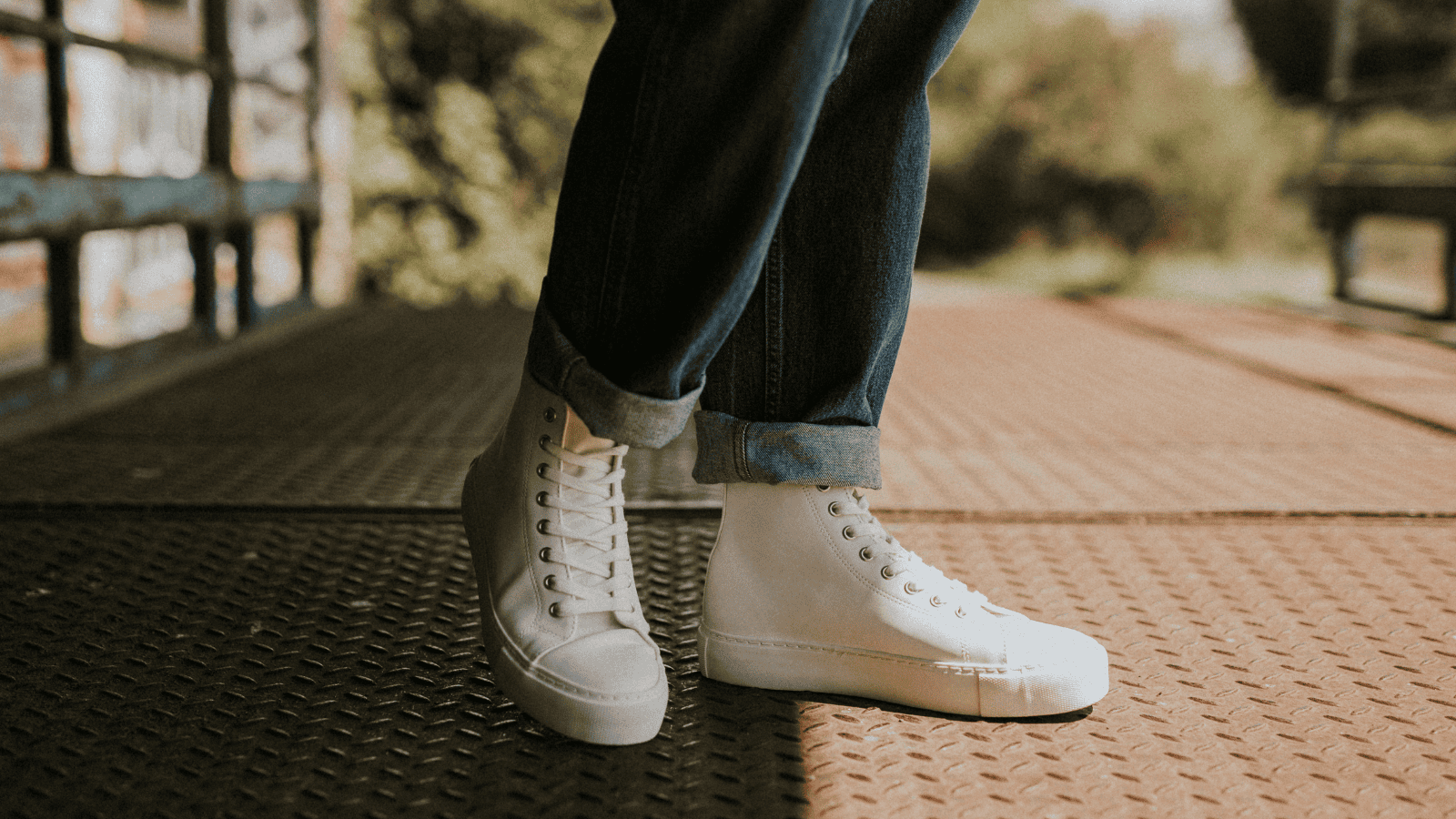
We’re giving James Dean full credit for this fashion trend. The rebel may not have had a cause, but he had a great sense of style, and his cuffed jeans, tight t-shirt, and black leather jacket became an iconic look for teens and young adults in the ‘50s and ‘60s.
Men’s Hats

A lot of men wouldn’t be seen outdoors without a hat in the ‘50s. As author Diana Crane explains, “A man’s hat, as the most immediately visible part of his costume, was a major signal of social identity and social class.” Men wore hats like fedoras and trilbies, removing them indoors, as hat-related etiquette was important, too.
Pez Dispensers
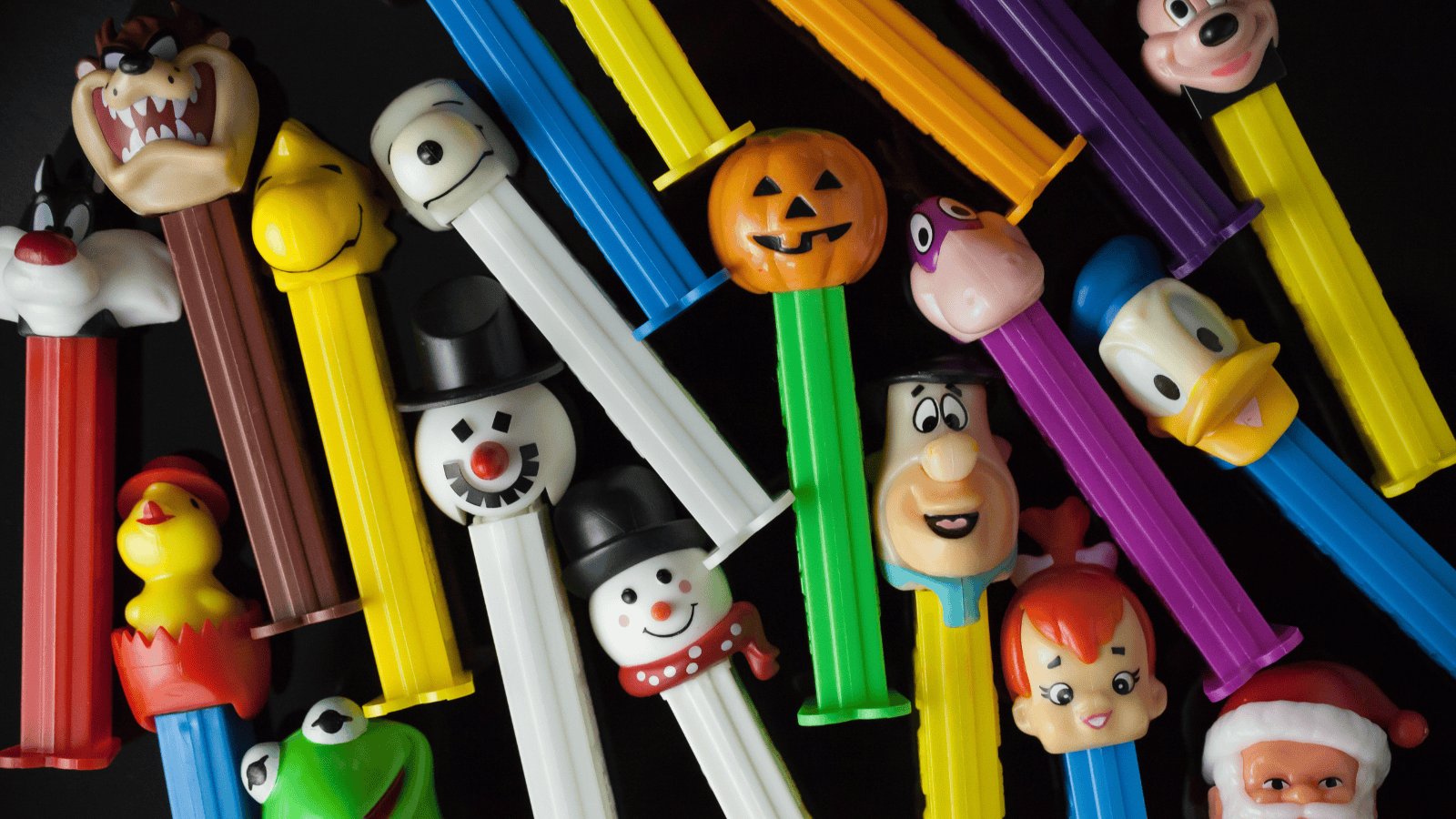
Believe it or not, the first Pez dispensers were marketed towards adults and dispensed a breath mint. They were designed in a cigarette lighter shape, making them easy to hold and dispense one-handed and fit in a pocket, says Smithsonian Magazine. They took off in the ‘50s when they were rebranded to look like toys and hold candy.
The Beehive
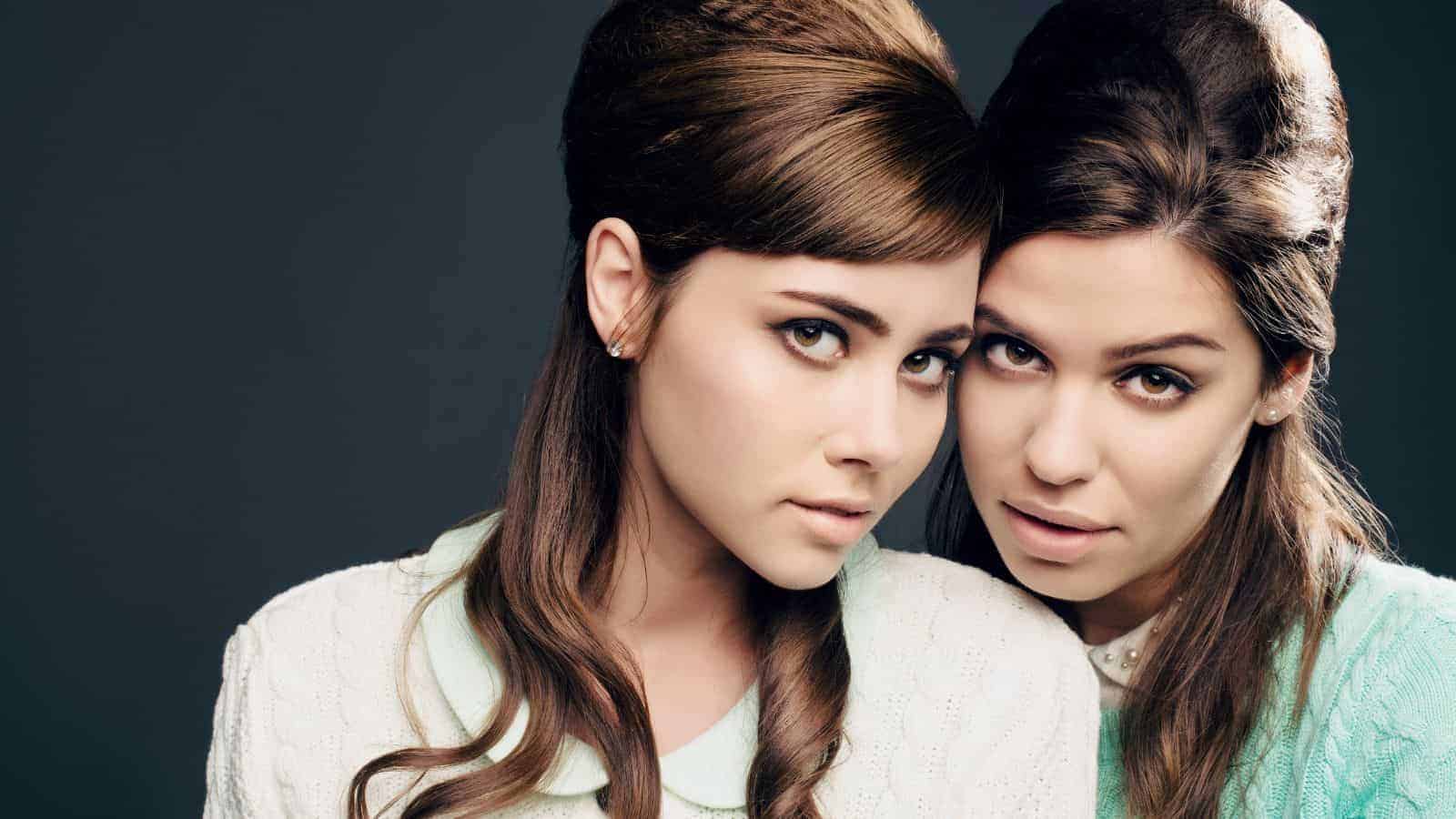
This fantastic hairdo was all the rage in the 1960s, made popular by icons like Aretha Franklin and Audrey Hepburn. The hair was back-combed, piled on top of the head, and engulfed in setting spray. It could be kept in for a week or so, if properly wrapped every night, until the next salon visit.
Sock Hops

A popular high school trend, the sock hop was an informal school dance, and just as the name suggests, a sock hop was enjoyed in stocking feet. This was to protect the floor of the gymnasium where the dance was held, as hard-soled shoes would play havoc with the hardwood floor.
Doo-wop Music
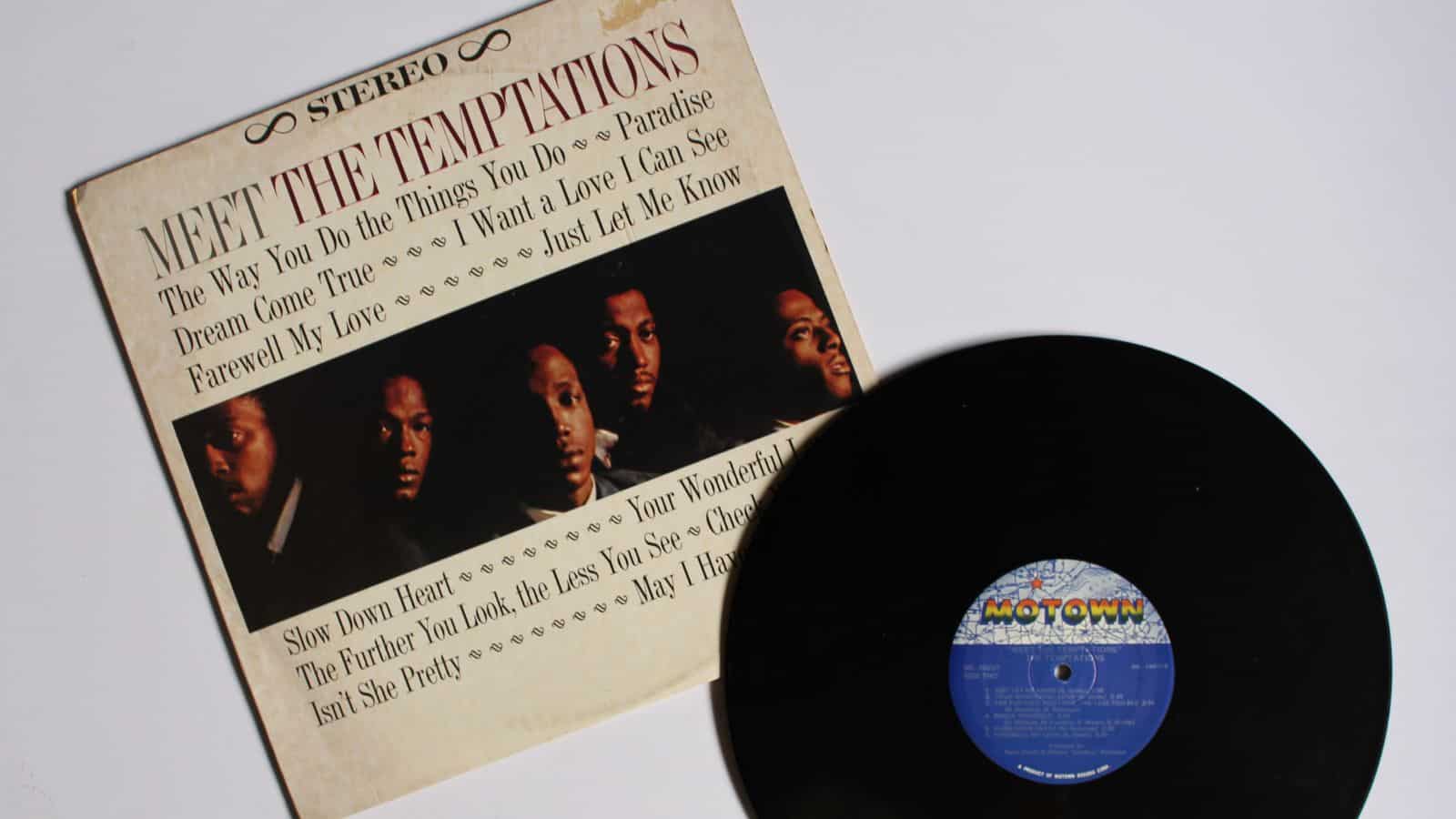
Doo-wop was a sort of rhythm and blues, rock and roll, easy-listening music that hit peak popularity in the ‘50s and died out in the ‘60s. Doo-wop bands generally didn’t use any instruments other than their voices and were known for their vocal harmonies and simple beats.
Go-go Boots

Usually white, mid-calf length, and low-heeled, these boots were popular in the 1960s among fashionable young ladies. They were worn with matching shift dresses and miniskirts and made famous by the likes of Nancy Sinatra, Barbra Streisand, and Jane Fonda, who wore them proudly on screens and in magazines through the ‘60s.
Miniskirts
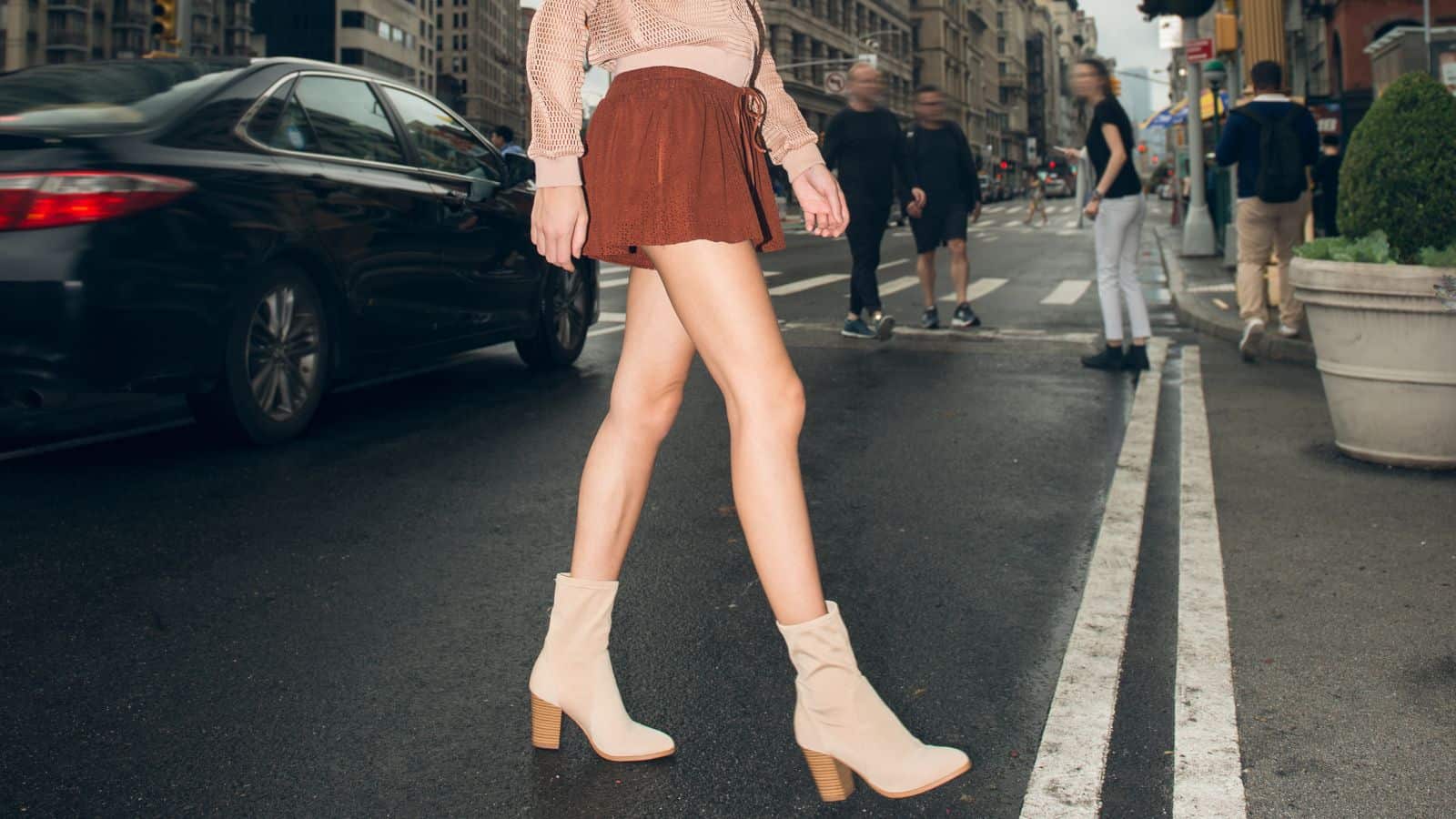
The miniskirt screamed into fashion in the 1960s and made everyone stop and stare. Suddenly there were ladies’ legs everywhere; it was wonderfully freeing. This skirt was comfortable and fun, and it could be paired with cool tights and boots. It ended somewhere above the knee and was made of lightweight materials like cotton or wool.
Bell Bottoms

These trousers are more widely associated with hippies of the 1970s, but they did reach popularity in the ‘60s. This style of trouser is tight on the thigh, becomes loose, and flares from the knee down. Bell bottoms were styled on the trousers worn by naval officers and were worn by both men and women.
The Twist
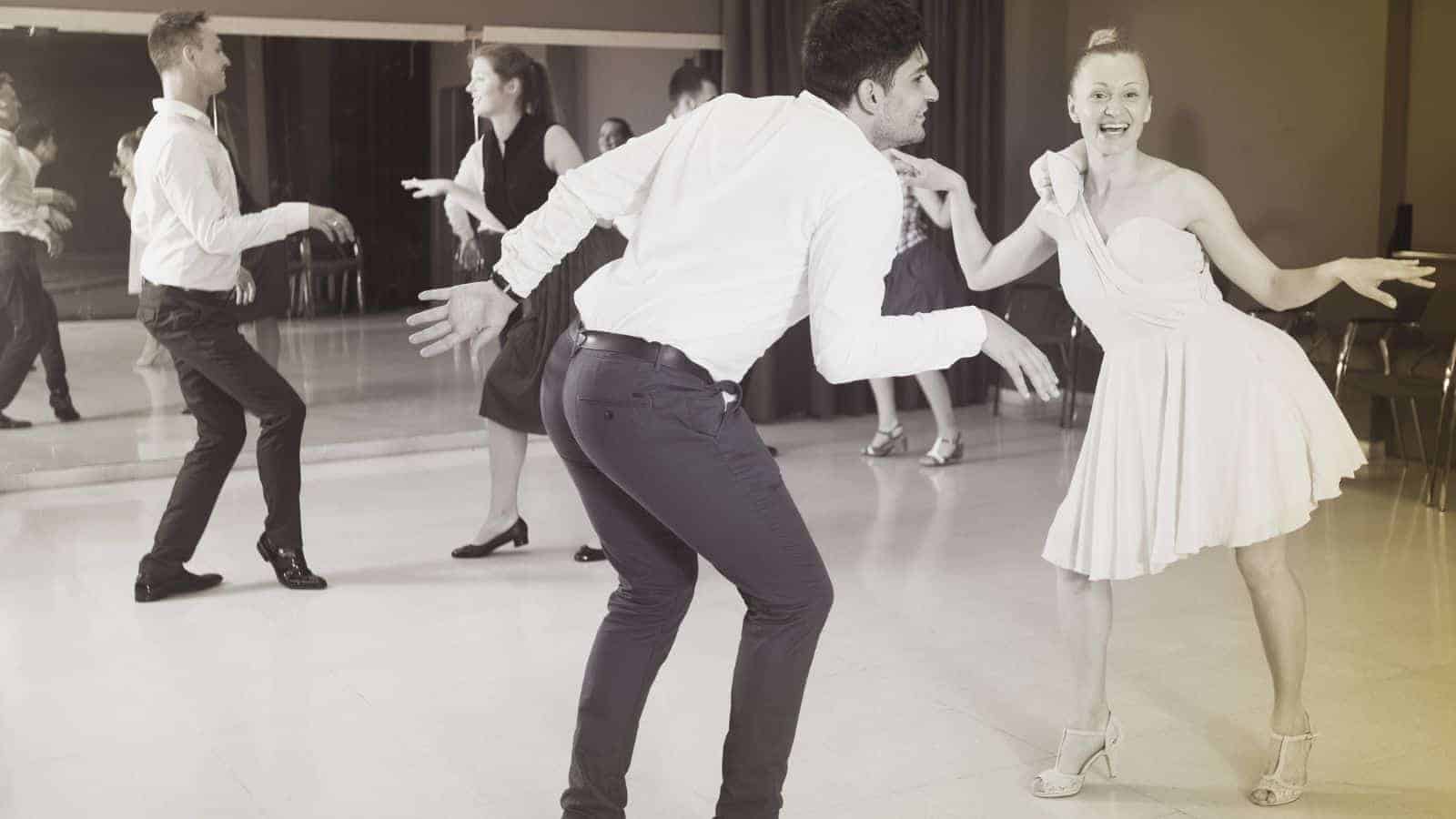
Chubby Checker’s number one song “The Twist” came out in 1960, and it brought with it a dance craze of the same name, the first dance that didn’t require you to have a partner. Dance floors were packed with people with knees bent, swiveling their hips, and twisting their feet, absolutely loving life.
Poodle Skirts

These full and swinging skirts came about in the 1950s as a result of rock and roll music. Young ladies needed clothes that they could move and dance in, and poodle skirts were the answer! They came in many colors and usually had a little felt Poodle appliqued on the side, hence the name.
Beatniks
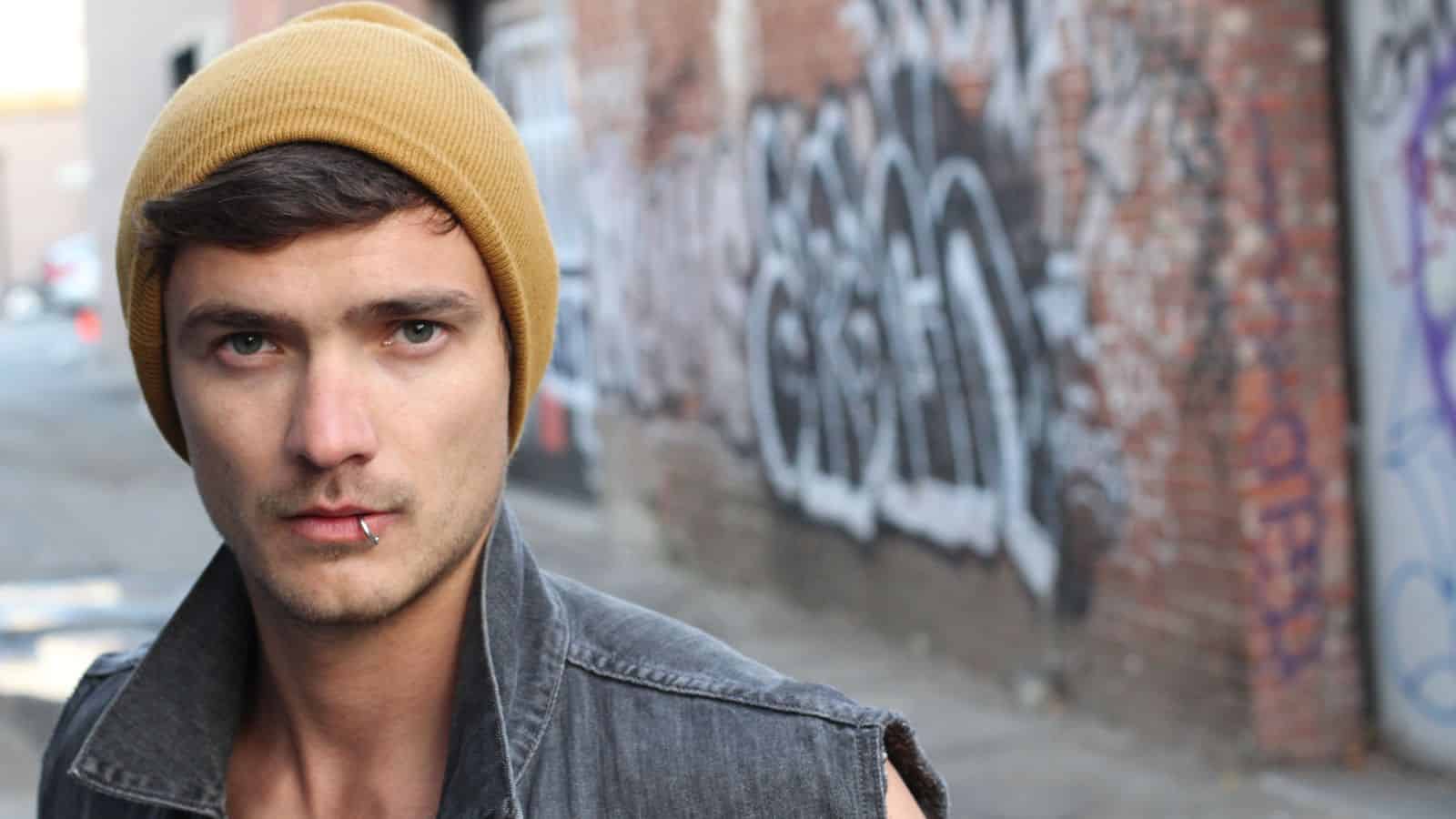
The artistic counterculture of the 1950s, these beret-wearing emos of yesteryear wore black and loved a bit of poetry, rejected mainstream culture and materialism, and paved the way for the hippies that came after them. Influential authors associated with the Beat movement include Jack Kerouac and Allen Ginsberg, according to the Oxford Research Encyclopedia.
